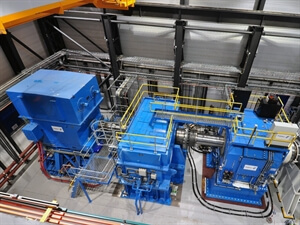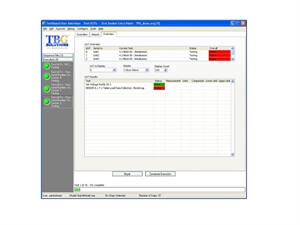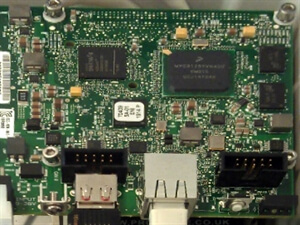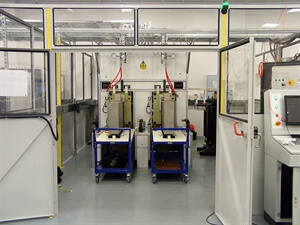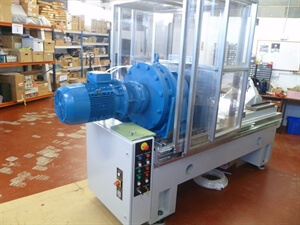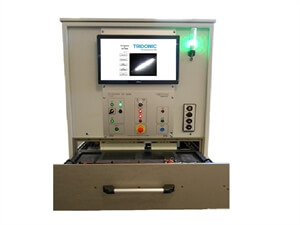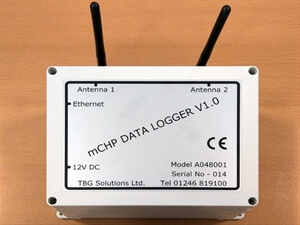Hardware in the Loop or HIL Testing is a method of testing control systems. We design and deliver bespoke HIL systems for our customers. HIL Testing takes the machine or physical element of a system and replaces it with a simulation known as the HIL Simulator. The HIL Simulator is designed to accurately simulate the physical machine and the physical operation of the engineer in realtime i.e. pressing buttons in a car. HIL Testing allows testing outside of normal operating parameters and eliminates the risk of destroying equipment. It also reduces the cost of acquiring physical hardware that would otherwise be necessary for accurate testing.
Challenge us
With over 300 test, measurement and control projects delivered we have the confidence and the skill to meet any challenge you may have within your business. Why not put us to the test? Contact us with details of your project and allow us to show you what we are capable of.
Typical HIL applications
- Testing of an Engine Control unit whilst simulating the rest of the vehicles systems
- Fault insertion for safety critical aerospace components
- Calculation and analysis of rocket launch systems in a test cell
- Destructive test simulation
- Strain measurement of unit under load
Case Studies
The best way to find out about a business is to see what they have achieved in the past. At TBG we are proud of the projects we have delivered and showcase just some of our successes here.
Why Choose Us
TBG Solutions implement the leading HIL simulation tools including NI Veristand, RT PXI and the NI SLSC Hardware family. We use these to deterministically inject faults into the real-life hardware whilst retaining a large element of simulated IO. Building upon our strong architecture foundation, TBG can provide a flexible and scalable solution to fit any customers needs whether in commercial automotive, military/aerospace or even laboratory-based simulation.
Benefits
Customers that have taken advantage of HIL have
- Increased insight into testing earlier in the lifecycle of a project
- Tighter correlation between early simulations and HIL based simulations
- Enhanced quality of product released to market based upon iterative validation
- Small footprint/overheads for validation equipment
- Saved money by not having purchase extra system components for test


